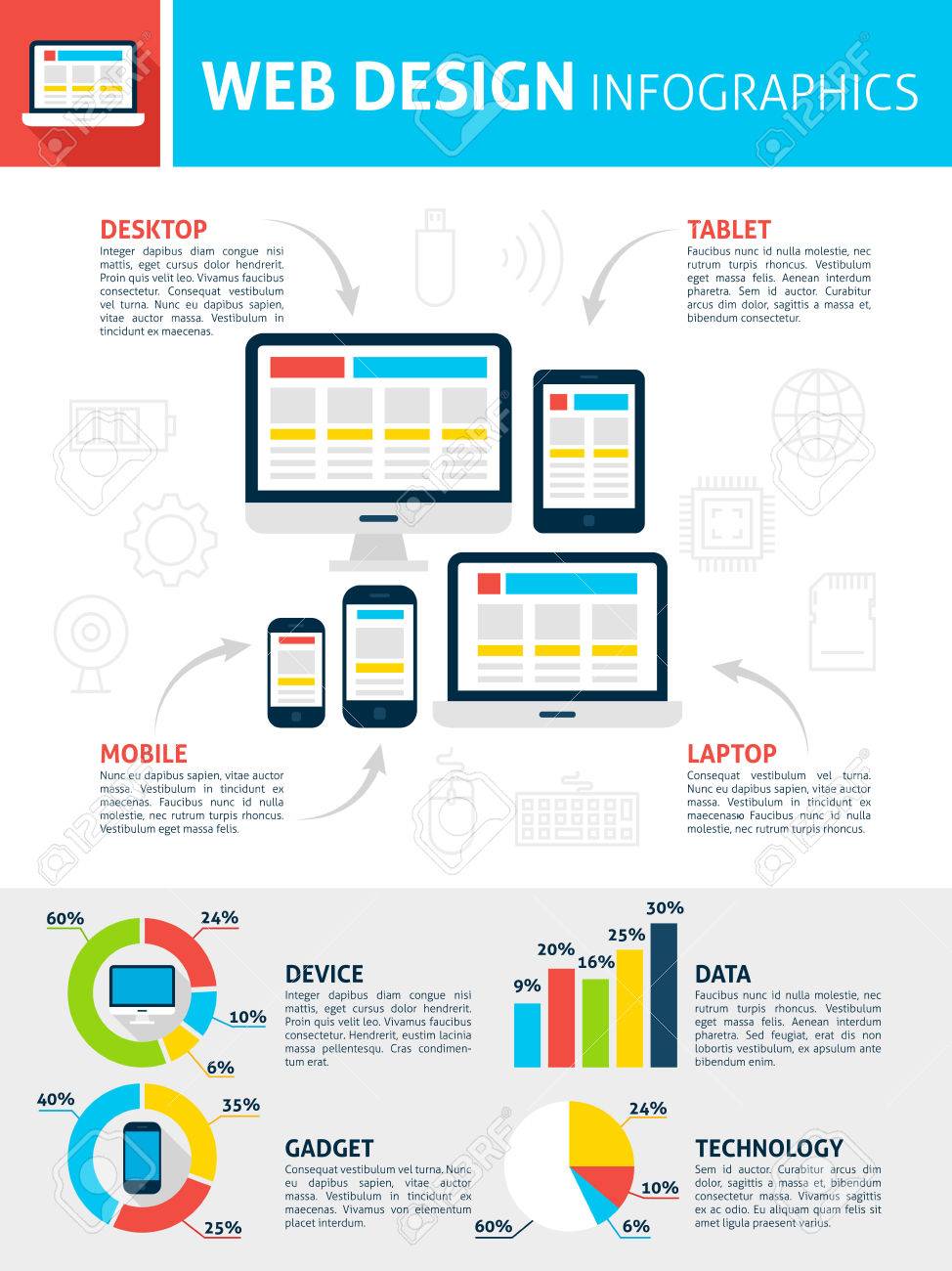Improving User Experience Via Website Design To Enhance Conversions
Improving User Experience Via Website Design To Enhance Conversions
Blog Article
Material Create By-Herrera Chang
Have you ever before saw a web site that took for life to tons, had a complicated navigation system, or didn't show properly on your mobile phone? Chances are, you swiftly abandoned that website and carried on to one that supplied a far better individual experience.
In today's competitive on-line landscape, it's crucial for organizations to focus on web design that improves user experience in order to drive much better conversions. In this conversation, we will discover the importance of receptive design, the usage of intuitive navigation, and the optimization of page load rate to create a seamless and engaging customer journey.
Remain tuned to find how these components can significantly affect your internet site's success.
Significance of Responsive Design
Responsive style is vital in today's digital landscape for producing web sites that adjust seamlessly to different display dimensions and gadgets. When your site is receptive, it immediately adjusts its format and web content to fit any gadget, whether it's a smart device, tablet, or home computer. This is important because a growing number of individuals are accessing the internet through their mobile devices.
If your internet site isn't receptive, it can result in a poor customer experience. Users might have to pinch and zoom to review content, buttons may be as well little to click, and photos may not be optimized for smaller displays. This can discourage customers and result in high bounce prices and low conversions.
Using Intuitive Navigation
When making a receptive internet site, it is essential to focus on utilizing instinctive navigation for an enhanced individual experience.
User-friendly navigation describes arranging your site's food selection and navigating components in a logical and user-friendly way. By doing so, you make it less complicated for site visitors to discover what they're searching for and browse with your website easily.
Intuitive navigating helps in reducing complication and aggravation, inevitably resulting in better customer interaction and increased conversions.
To attain instinctive navigation, take into consideration utilizing clear and detailed labels for your menu things, applying a regular design across all pages, and integrating search capability for quick accessibility to specific material. In addition, it's important to prioritize important web pages and information, guaranteeing they're prominently shown and easily obtainable.
Optimizing Web Page Load Rate
To enhance customer experience, it's important to enhance the web page tons rate of your internet site. Sluggish packing times can frustrate customers and cause higher bounce prices.
Fortunately, there are numerous techniques you can execute to improve your web site's lots speed. Firstly, take into consideration reducing the dimension of your images by compressing them without endangering top quality.
In addition, maximize your code by reducing unneeded manuscripts and CSS files. search engine optimization copywriting is to leverage internet browser caching, which allows specific aspects of your website to be stored in your area, decreasing tons times for returning visitors.
Moreover, think about using a content shipment network (CDN) to disperse your web site's files throughout numerous servers, enhancing tons speed for customers in various geographical places.
Conclusion
To conclude, by employing receptive design, instinctive navigating, and optimizing web page tons rate, website design can substantially boost individual experience and drive much better conversions.
With a straightforward interface, simple navigation, and fast filling times, internet sites can catch and keep the focus of users, causing raised interaction and greater conversion rates.
So, don't delay in executing these website design techniques to ensure a seamless and effective individual experience!
